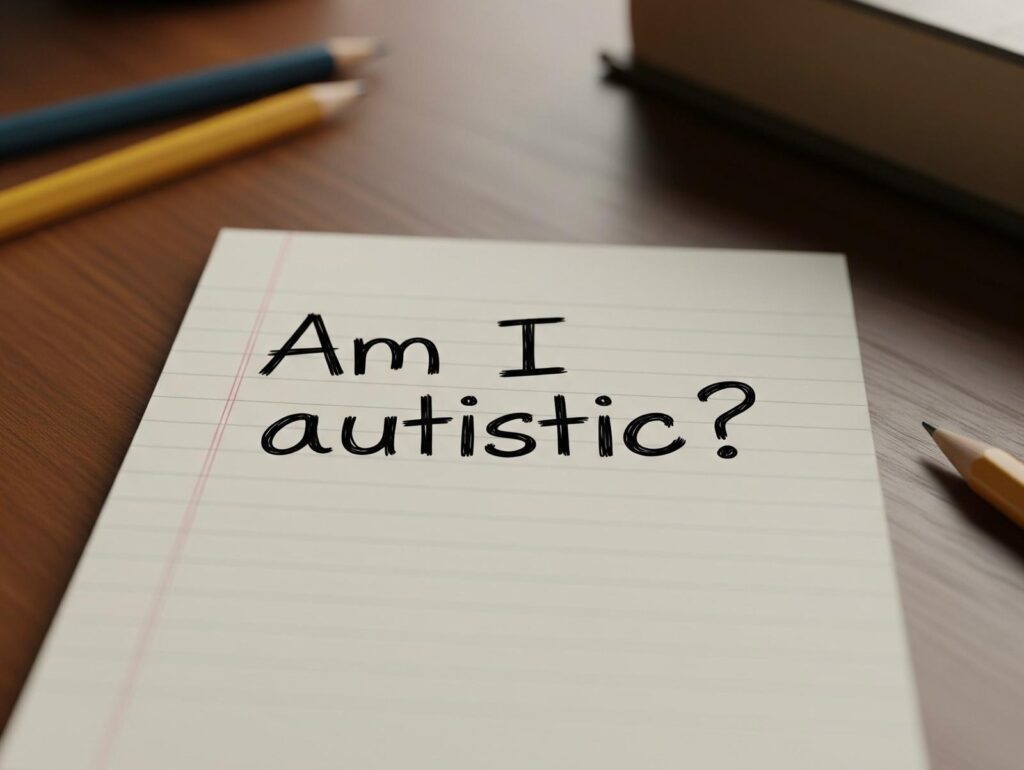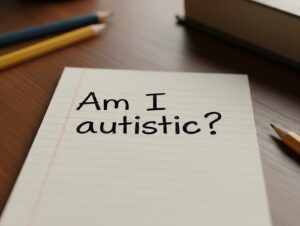Emotional eating refers to the practice of consuming food in response to emotions rather than physical hunger. This behaviour often involves reaching for “comfort foods” high in sugar, fat, or salt as a coping mechanism for managing stress, anxiety, sadness, or boredom (Macht, 2008). Emotional eating can lead to overeating, weight gain, and an increased risk of mental health issues, including anxiety, depression, and even disordered eating patterns (Geliebter & Aversa, 2003). Understanding the causes, impacts, and strategies for managing emotional eating is essential for promoting healthier eating habits and overall mental well-being.
Keywords:, Emotional eating, Causes of emotional eating, Emotional eating triggers, Emotional hunger vs physical hunger, Coping with emotional eating, Impact of emotional eating on health, Emotional eating and mental health, Psychological effects of emotional eating, Emotional eating and weight gain
1. Understanding Emotional Eating and Its Triggers
Emotional eating typically arises from an attempt to cope with negative emotions, which can create a temporary sense of comfort or relief. However, unlike physical hunger, which is driven by the body’s need for sustenance, emotional eating is often associated with specific triggers or emotional states. Common triggers include stress, boredom, loneliness, and feelings of inadequacy, all of which can prompt individuals to seek solace in food (Evers et al., 2010).
Psychologists suggest that emotional eating can be viewed as a learned behaviour, where individuals turn to food to regulate emotions due to previous experiences or as a way to self-soothe in the absence of other coping strategies (Arnow et al., 1995). By understanding these triggers, individuals can identify patterns in their eating behaviours and address underlying emotional needs rather than relying on food as a temporary fix.
Tip: Identifying emotional triggers can be the first step in developing alternative, healthier coping strategies to manage stress and other negative emotions.
2. The Psychological Mechanisms Behind Emotional Eating
Emotional eating is influenced by psychological mechanisms related to reward and emotional regulation. When people consume highly palatable foods, particularly those high in sugar and fat, the brain releases dopamine, a neurotransmitter associated with pleasure and reward (Volkow et al., 2013). This reward response can reinforce the desire to turn to food when faced with emotional discomfort, creating a cycle of emotional eating.
Additionally, the act of eating can momentarily distract individuals from distressing emotions, providing a sense of control or comfort in stressful situations. However, the temporary relief is often followed by feelings of guilt, shame, or regret, which can exacerbate negative emotions and perpetuate the cycle (Spoor et al., 2007). This pattern highlights the role of emotional regulation in emotional eating, as individuals may lack effective strategies for managing their emotions and turn to food as a quick and accessible means of self-soothing.
Tip: Understanding the brain’s reward response to food can help individuals recognise why certain foods feel comforting during times of emotional distress.
3. Emotional Eating and Its Impact on Physical and Mental Health
Emotional eating can have a range of negative effects on both physical and mental health. Physically, frequent emotional eating can lead to weight gain and associated health risks, including obesity, cardiovascular disease, and type 2 diabetes (Corsica & Spring, 2008). The preference for high-calorie, low-nutrient foods during emotional eating episodes can also result in nutritional deficiencies, which can impact energy levels, immune function, and overall health.
Mentally, emotional eating can increase feelings of anxiety, depression, and low self-esteem, particularly when individuals feel out of control or ashamed of their eating behaviours (Konttinen et al., 2010). Over time, these negative emotional responses can contribute to a more complicated relationship with food, leading to cycles of guilt and emotional distress. Research shows that emotional eating is associated with a higher risk of developing eating disorders, such as binge eating disorder, where food is consistently used as a coping tool (Geliebter & Aversa, 2003).
Tip: Recognising the physical and mental health risks associated with emotional eating can help individuals prioritise finding healthier ways to cope with emotions.
4. Differences Between Emotional Hunger and Physical Hunger
One of the challenges in addressing emotional eating is distinguishing between emotional hunger and physical hunger. Physical hunger arises gradually, often with a range of hunger cues, and can be satisfied with any food. Emotional hunger, on the other hand, tends to come on suddenly and is usually accompanied by cravings for specific comfort foods (Canetti et al., 2002). Furthermore, emotional hunger is typically not satisfied by eating and may persist or worsen after an emotional eating episode.
Learning to recognise these differences can empower individuals to make more mindful choices about when and why they eat, helping them to break the cycle of emotional eating and respond to true hunger signals rather than emotional cues.
Tip: Understanding the difference between physical and emotional hunger can improve self-awareness and reduce impulsive eating.
5. Strategies for Managing Emotional Eating
Breaking the cycle of emotional eating involves developing alternative coping strategies and cultivating a healthier relationship with food. Some effective strategies include:
- Mindful Eating: Practising mindfulness during meals helps individuals tune into physical hunger and fullness cues, making it easier to avoid eating in response to emotions. Mindful eating encourages a non-judgmental awareness of thoughts, feelings, and physical sensations while eating, which can prevent overeating (Kristeller & Wolever, 2011).
- Identifying Emotional Triggers: Keeping a journal of emotions and eating habits can help identify patterns and triggers. By recognising specific emotions or situations that lead to emotional eating, individuals can work to address these triggers with healthier coping mechanisms, such as exercise, creative activities, or relaxation techniques.
- Developing Healthy Coping Mechanisms: Finding alternative ways to cope with negative emotions can reduce the reliance on food for comfort. Activities such as exercise, meditation, deep breathing, or talking to a friend can provide emotional relief without involving food.
- Seeking Professional Support: For individuals struggling with emotional eating, counselling or therapy can provide valuable tools for addressing the underlying emotional issues. Cognitive-behavioural therapy (CBT), in particular, has shown effectiveness in helping individuals change their thinking patterns and develop healthier relationships with food (Cooper & Fairburn, 2001).
Tip: Developing a range of coping strategies and practising mindfulness can empower individuals to manage emotional eating more effectively.
6. The Role of Self-Compassion in Overcoming Emotional Eating
Self-compassion, or the practice of treating oneself with kindness and understanding, is an essential component of addressing emotional eating. Research shows that individuals who approach their eating habits with self-compassion are less likely to engage in emotional eating and experience guilt or shame around their dietary choices (Adams & Leary, 2007). Self-compassion encourages individuals to acknowledge their struggles without self-criticism, making it easier to approach emotional eating as a behaviour to improve rather than a personal failing.
Practising self-compassion can also foster a healthier relationship with food, as it reduces the likelihood of restrictive eating patterns and promotes balance. Individuals who practise self-compassion are more likely to engage in healthy behaviours for their well-being rather than out of guilt or punishment, which supports sustainable improvements in dietary habits and emotional regulation.
Tip: Embracing self-compassion can make it easier to overcome emotional eating by reducing feelings of guilt and promoting a positive mindset.
Conclusion
Emotional eating is a complex behaviour influenced by psychological, emotional, and environmental factors. While turning to food for comfort is common, it can lead to negative health consequences, including weight gain, anxiety, and disordered eating patterns. By understanding the underlying causes of emotional eating and implementing strategies such as mindful eating, identifying triggers, and practising self-compassion, individuals can improve their relationship with food and develop healthier ways to cope with emotions. Addressing emotional eating through self-awareness and supportive practices can enhance mental and physical well-being, fostering a more balanced and mindful approach to food and emotions.
References
- Adams, C. E., & Leary, M. R. (2007). Promoting self-compassionate attitudes toward eating among restrictive and guilty eaters. Journal of Social and Clinical Psychology, 26(10), pp. 1120-1144.
- Arnow, B., Kenardy, J., & Agras, W. S. (1995). The Emotional Eating Scale: The development of a measure to assess coping with negative affect by eating. International Journal of Eating Disorders, 18(1), pp. 79-90.
- Canetti, L., Bachar, E., & Berry, E. M. (2002). Food and emotion. Behavioural Processes, 60(2), pp. 157-164.
- Cooper, Z., & Fairburn, C. G. (2001). A new cognitive behavioural approach to the treatment of obesity. Behaviour Research and Therapy, 39(5), pp. 499-511.
- Corsica, J. A., & Spring, B. J. (2008). Carbohydrate craving: A double-blind, placebo-controlled test of the self-medication hypothesis. Eating Behaviors, 9(4), pp. 447-454.
- Evers, C., Marijn Stok, F., & de Ridder, D. T. (2010). Feeding your feelings: Emotion regulation strategies and emotional eating. Personality and Social Psychology Bulletin, 36(6), pp. 792-804.
- Geliebter, A., & Aversa, A. (2003). Emotional eating in overweight, normal weight, and underweight individuals. Appetite, 41(3), pp. 311-320.
- Kristeller, J. L., & Wolever, R. Q. (2011). Mindfulness-based eating awareness training for treating binge eating disorder: The conceptual foundation. Eating Disorders, 19(1), pp. 49-61.
- Macht, M. (2008). How emotions affect eating: A five-way model. Appetite, 50(1), pp. 1-11.
- Spoor, S. T., Bekker, M. H., Van Strien, T., & van Heck, G. L. (2007). Relations between negative affect, coping, and emotional eating. Appetite, 48(3), pp. 368-376.
- Volkow, N. D., Wang, G. J., Fowler, J. S., & Telang, F. (2013). Overlapping neuronal circuits in addiction and obesity: Evidence of systems pathology. Philosophical Transactions of the Royal Society B: Biological Sciences, 368(1615).
How to get in touch
If you or your NDIS participant need immediate mental healthcare assistance, feel free to get in contact with us on 1800 NEAR ME – admin@therapynearme.com.au.
Discover more from Therapy Near Me
Subscribe to get the latest posts sent to your email.






